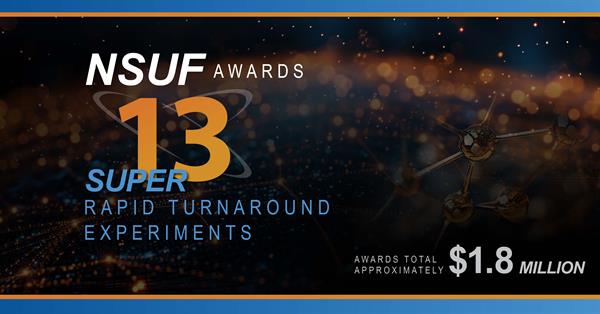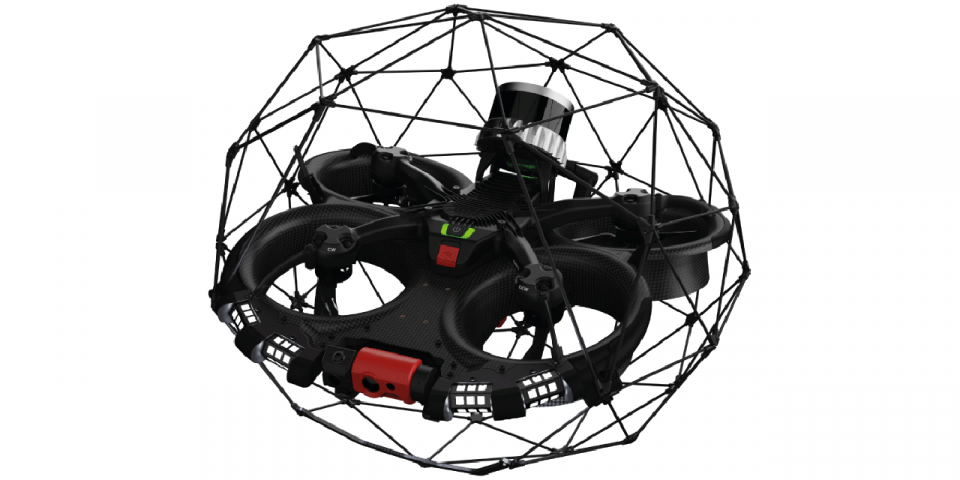What’s a Super RTE? A Super Rapid Turnaround Experiment is not—as one might guess—an accelerated take on an already speedy experiment.
In fact, Super RTEs allow researchers more time to perform tests—up to 12 months, while traditional RTEs allow up to 9 months—and encourage larger scopes of work. Super RTE awardees are also provided greater access to NSUF partner institutions, resources, and facilities, allowing for more complicated experiments. They get about twice as many days of access to a participating NSUF facility or capability, compared with RTE awardees.
RTE awards have been around for more than a decade, while Super RTEs were first open to proposals in April 2024. Both RTEs and Super RTEs advance nuclear science and technology by providing “timely access to irradiation testing, postirradiation examination, high-performance computing, and technical expertise.”
“Our national labs house unmatched nuclear science infrastructure and expertise,” said Michael Goff, the DOE’s acting assistant secretary for nuclear energy. “Access to these capabilities helps speed the research and development of materials and fuels needed to achieve the Biden-Harris administration’s ambitious plans for the future of nuclear energy.”
The awards: The 13 projects selected for Super RTE awards will advance the development of nuclear fuels and materials such as silicon carbide composites, TRISO fuel, and advanced stainless steel, according to the DOE. Projects will also research manufacturing and welding technologies for potential use in current light water reactors and advanced reactors being designed now.
The 13 individual principal investigators represent General Atomics, Idaho National Laboratory, NASA Glenn Research Center, Oak Ridge National Laboratory, Pennsylvania State University, Rensselaer Polytechnic Institute, University of California–Berkeley, Texas A&M University, University of Texas–San Antonio, and University of Idaho.
Of the 13 Super RTE projects awarded, eight are focused on fuels or structural materials for the next generation of reactors, and five focus on materials for the current reactor fleet. All experiments will consider the properties of materials that have undergone irradiation with different doses, temperatures, times, and manufacturing methods. Researchers will characterize those samples using mechanical testing, microstructural analysis, and microscopy techniques.
Stay tuned: The third and final round of traditional RTE awards for fiscal year 2024 will be announced later this fall. NSUF plans to issue another Super RTE solicitation in 2025.








